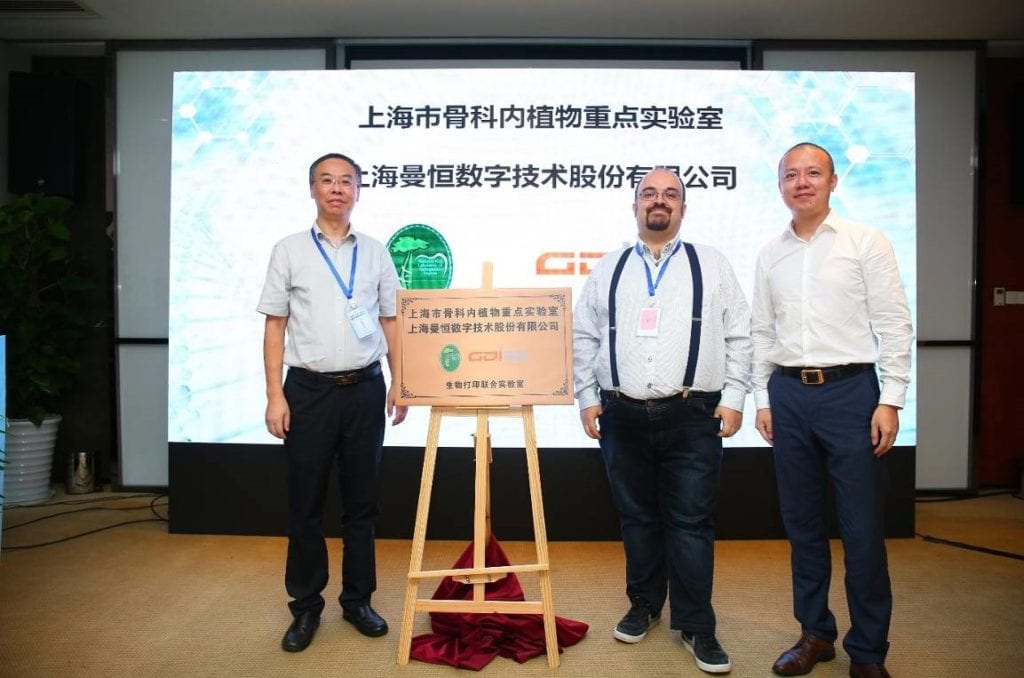
The first 3D Bioprinting Academic Seminar and Medical Application Summit Forum Shanghai
The first 3D Bioprinting Academic Seminar and Medical Application Summit Forum was held on 3rd September 2018 in Shanghai. The seminar, that was jointly organized by Shanghai Key Laboratory of Orthopaedic Implants, Shanghai Graphic Design Information Co.,Ltd and EnvisionTEC, brought together experts from a range of medical and 3D printing backgrounds to talk about the latest advancements in the field.
Mr. Tang Tingting, Director of Shanghai Key Laboratory of Orthopedic Implants, Mr. Liu Chongde, Commercial Manager of EnvisionTEC Asia Pacific, and Mr. Yuan Xin, Vice President of Graphic Design Information all delivered Keynote speeches for the seminar. Further, the representatives of the three parties jointly unveiled the “Bioprinting Joint Laboratory” established by the Shanghai Key Laboratory of Orthopaedic Implants and Manheng Digital. The Laboratory will jointly promote the development of 3D bioprinting in the field of scientific research and medical transformation.
The seminar focused on three major discussion topics: biomedical applications, biomaterials and bioprinting applications and 3D-Bioplotter applications and results sharing.
New product announcements
Carlos Carvalho, team leader of the Bioprinting department at EnvisionTEC, reported on the latest advancements in its 3D-Bioplotter line of products and introduced the latest research news and user applications. He also launched two new print heads, a new ultra-high temperature model and one capable of printing two-components. There were also announcements around enhancements to both its UV curing head and high-temperature printer cartridge.
The new hardware offers the customers the ability to print PEEK, blood vessel printing, bio elastomer printing and so on. The conference also announced a number of new printing materials and software.
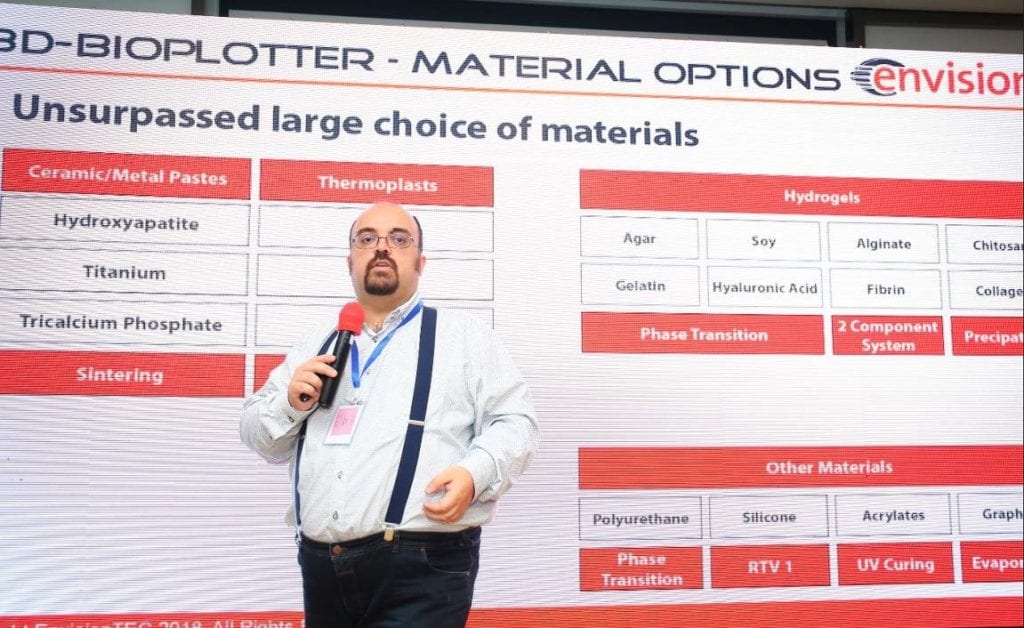
Subsequently, Dr. Tang Tingting, the chairman of the conference, gave a wonderful report on bio-printed antibacterial materials. “Antibacterial scaffolds modified with chitosan quaternary ammonium salts can selectively achieve antibacterial and cell adhesion, thus effectively eliminate inflammation during implantation surgery.” Director Tang also mentioned that the study of bioreactors that simulate the internal environment provides a good solution for the subsequent culture of 3D printing products.
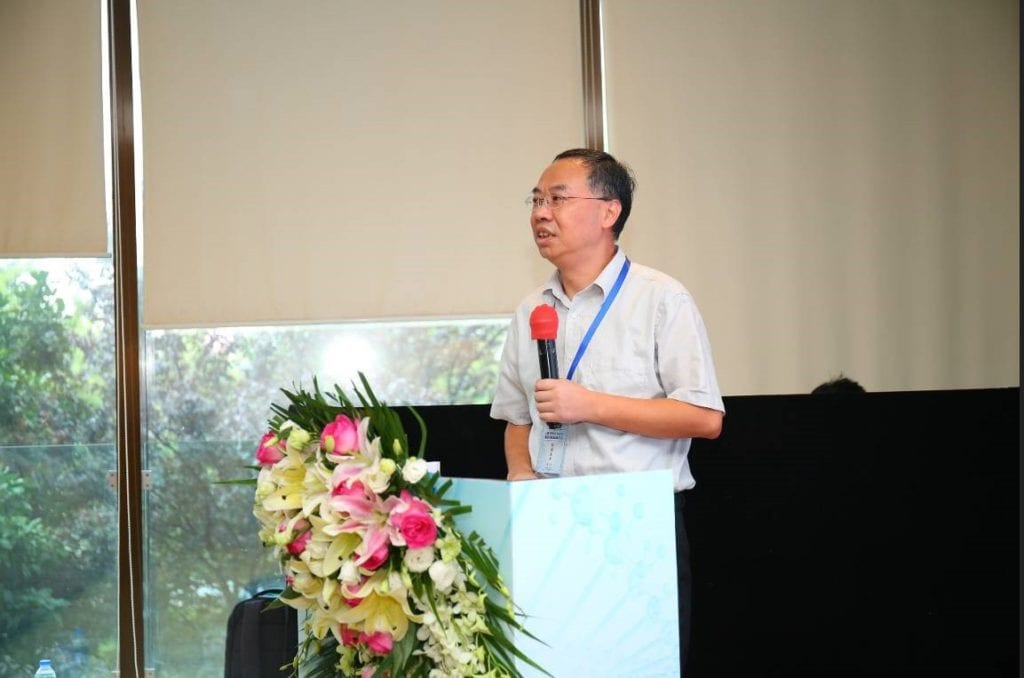
Biomedical applications
Director Hao Yongqiang from the Department of Orthopaedics, Ninth Affiliated College of Shanghai Jiaotong University Medical College, discussed the application of bio-printing in medical treatment. He illustrated how 3D printing has progressed from theory to actual clinical practice and how it now eases the pain of an enormous number of patients.
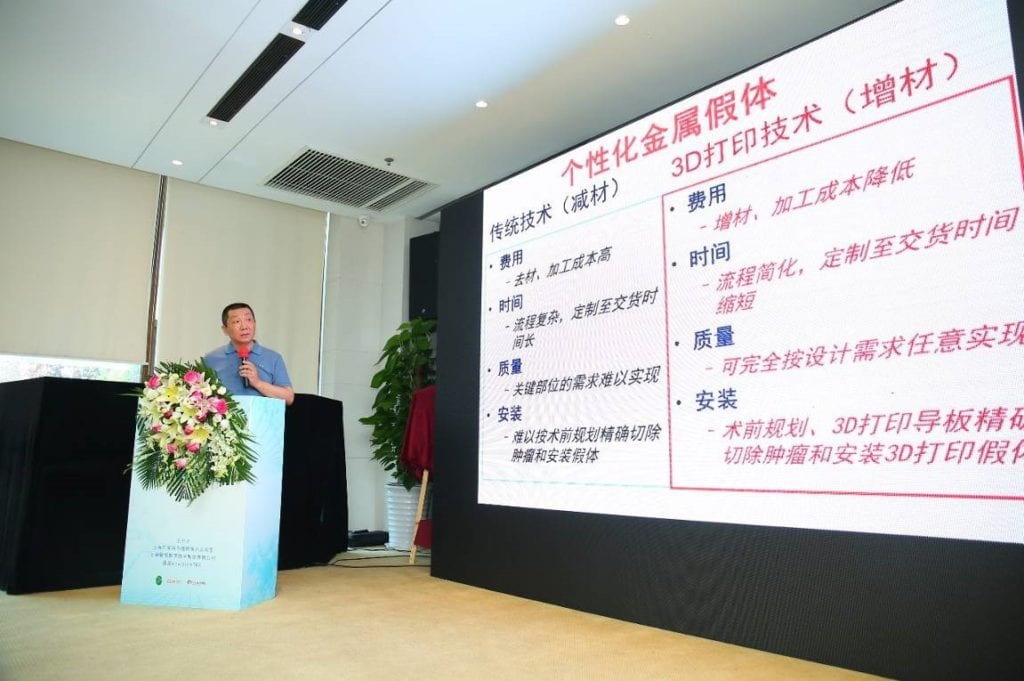
Wang Jinwu, director of the Department of Orthopaedics in the Shanghai Ninth People’s Hospital, focused more on 3D bioprinting. He discussed the development of bioprinting, its implementation and the experience of the Shanghai Ninth People’s Hospital in this field.
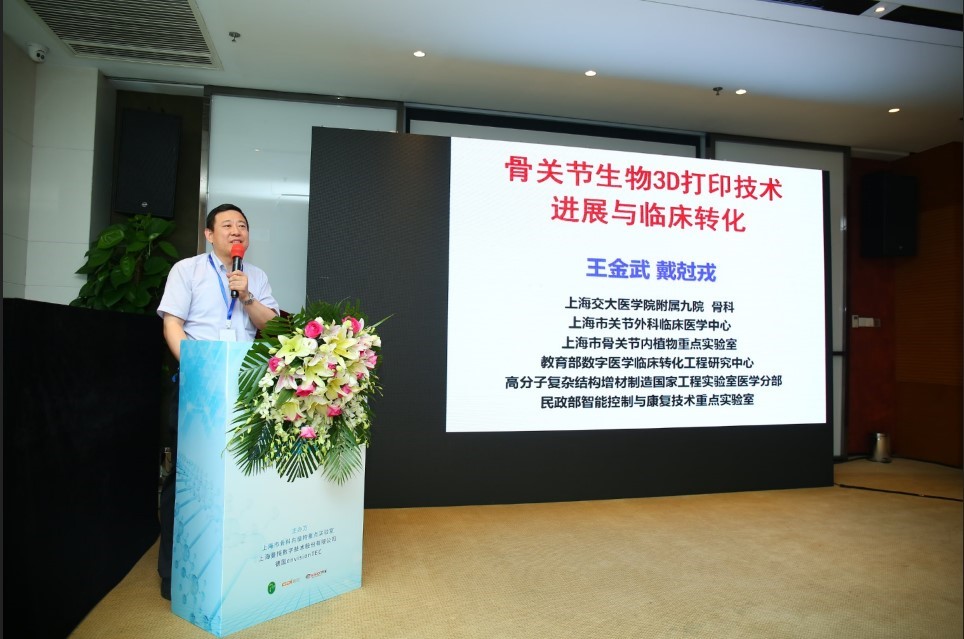
Later, as the first 3D-Bioplotter user in China, Professor Zhu Yufang of University of Shanghai for Science and Technology introduced the preparation process for using the 3D-Bioplotter to build functional bioceramic composite scaffolds and its application in repairing bone defects. Professor Zhu also held an extensive question and answer session with the attendees.
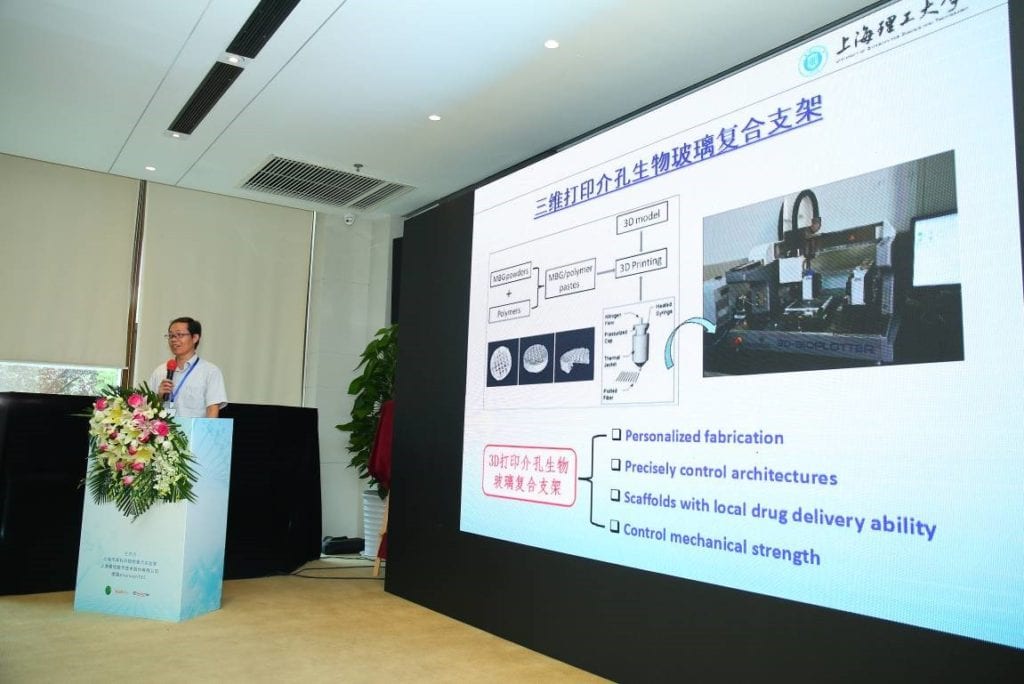
Biomaterials and bioprinting applications
Fan Yujiang, president and professor of the Engineering Research Center in Biomaterials, Sichuan University, introduced the current situation and future prospects of orthopaedic biomaterials. He also discussed achievements in scientific research and spoke about the new thinking around 3D scaffolds with 3D pore structure design, as well as the realization of this idea by using metal and ceramic materials.
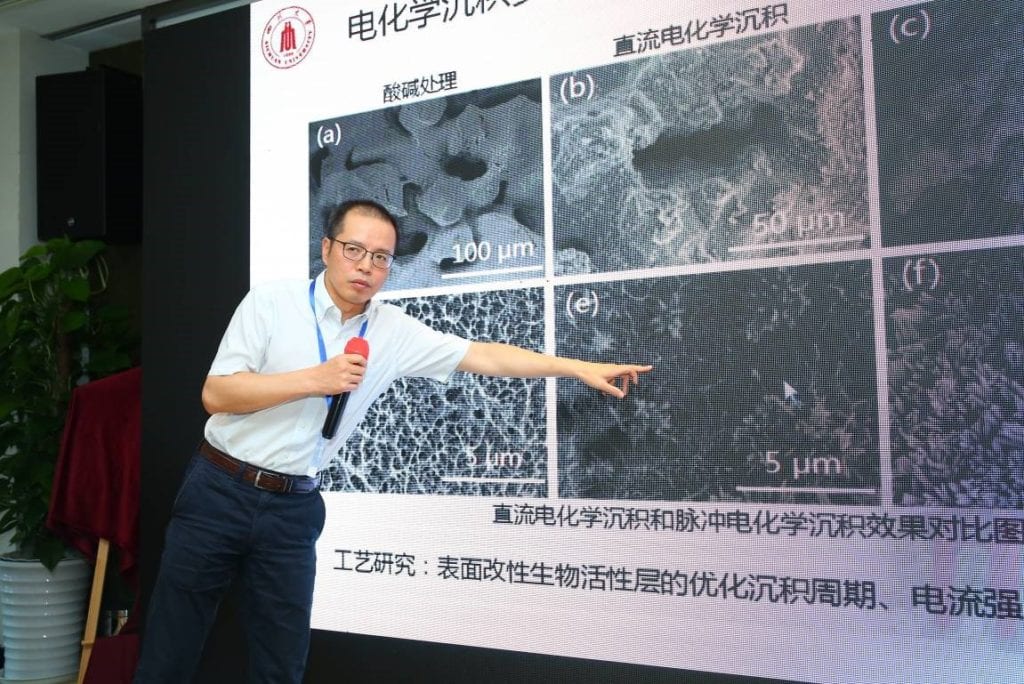
Professor Wei Jie, from the Engineering Research Center for Biomedical Materials of Ministry of Education, East China University of Science and Technology, introduced the characteristics of PEEK materials, summarized several common PEEK molding techniques and their applications in orthopaedic implantation, and discussed the effects of different modified techniques on implantation results. During the subsequent discussion, the experts examined the feasibility of printing PEEK materials with the newly released ultra-high temperature printing head.
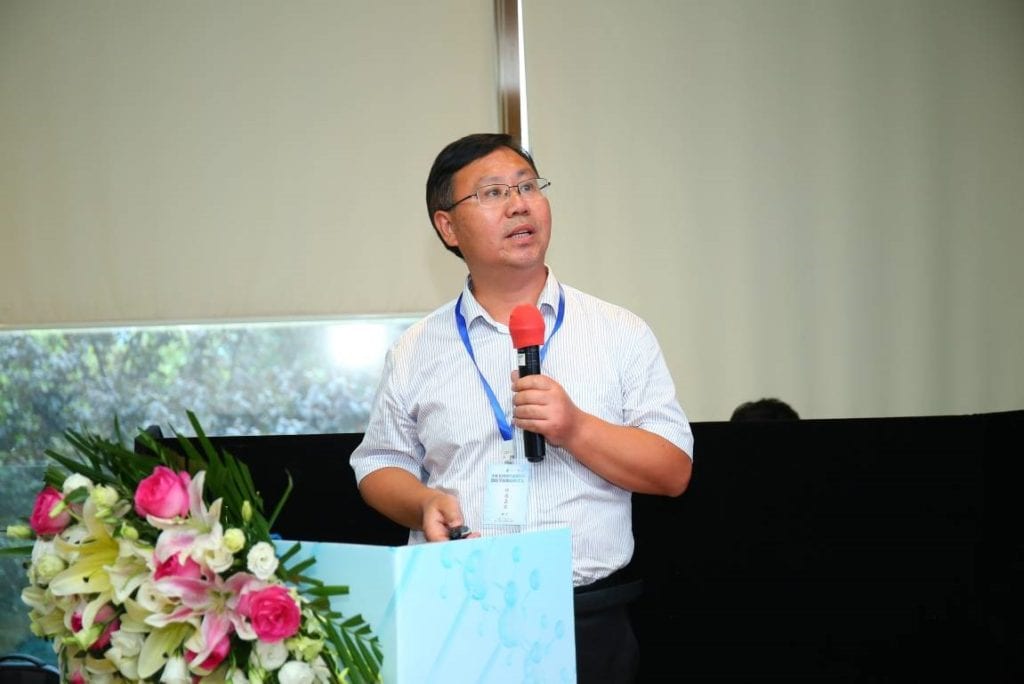
Qu Shuxin, a professor from Southwest Jiaotong University introduced the use of thixotropic materials as printing substrates for pressure thixotropic printing and rapid curing. Printed products are also biologically active and biodegradable, providing a novel thinking for future bioprinting, which has aroused extensive and in-depth discussions.
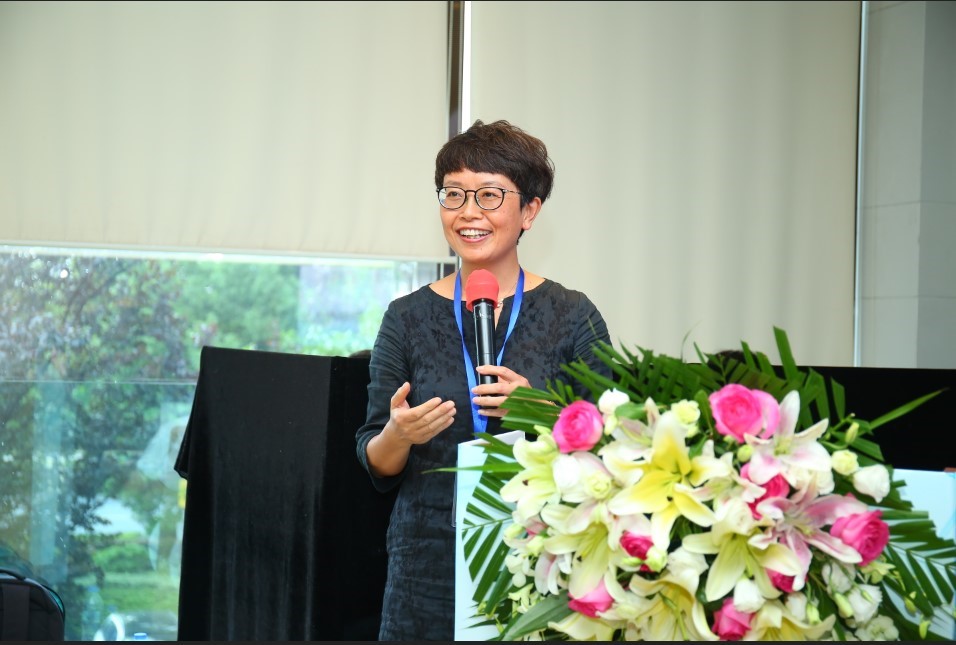
Professor Zhang Yaobeng from the State Key Laboratory for Modification of Chemical Fibers and Polymer Material, Donghua University, introduced two recent projects using the 3D-Bioplotter to achieve bioprinting, including the construction of tissue engineering scaffolds using silk fibroin hydrogels and the application of inorganic ceramic materials and organic materials to blend printing crowns.
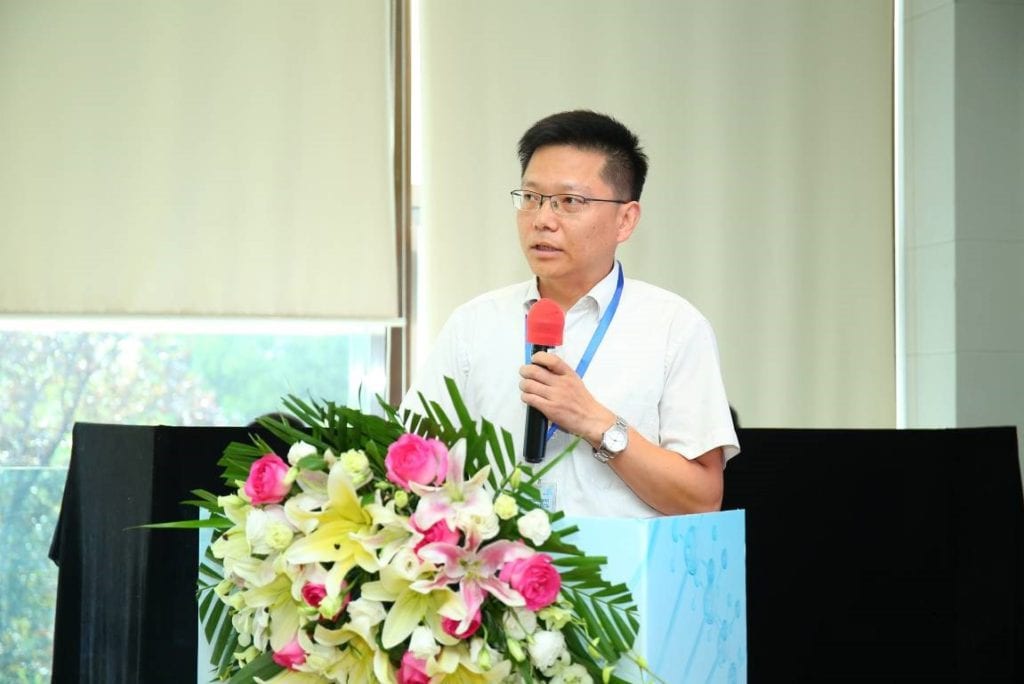
3D-Bioplotter application and results sharing
During the discussion, the guests shared the research results after using the 3D-Bioplotter. Dr. Chen Huimin, the section president, first introduced some of his applications, including the production of a variety of independently developed bio-hydrogels, the printing of bio-hip prosthesis using the 3D-Bioplotter, the research of multi-hollow cylindrical stents and simulating the application of the body in deep environment through pressurized culture.
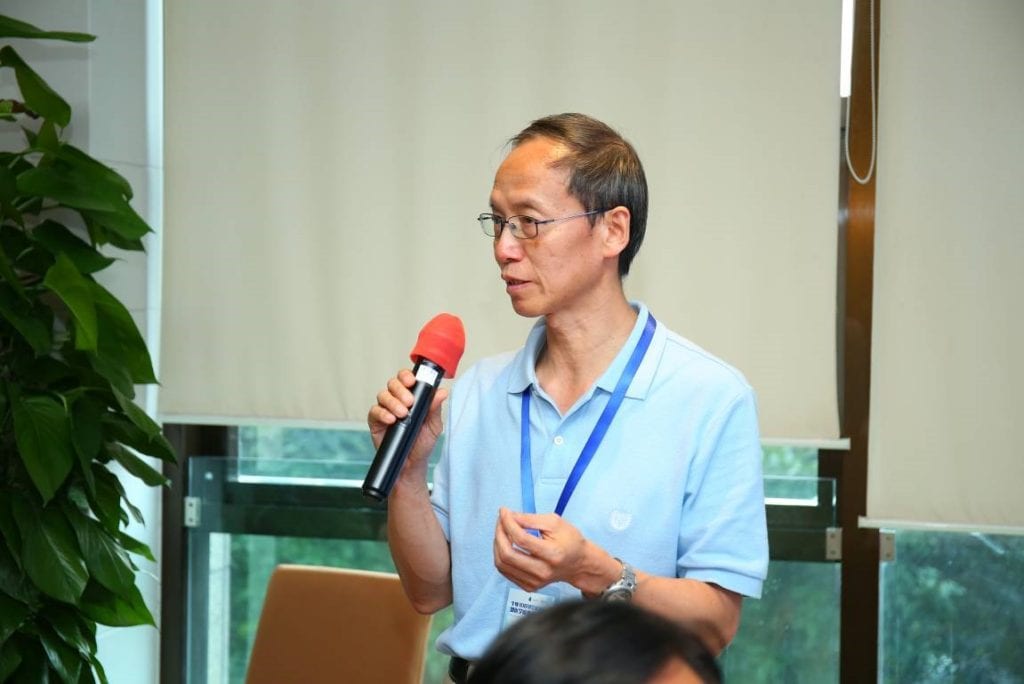
Professor Guo Rui, College of Life Science and Technology, Jinan University, discussed how to construct intelligent hydrogel scaffolds with a drug release function printed with a 3D-Bioplotter, including shape memory hydrogels, self-driving hydrogels and self-healing hydrogels. Professor Guo also looked forward to the potential and prospects of this product in tissue engineering after combining stem cells.
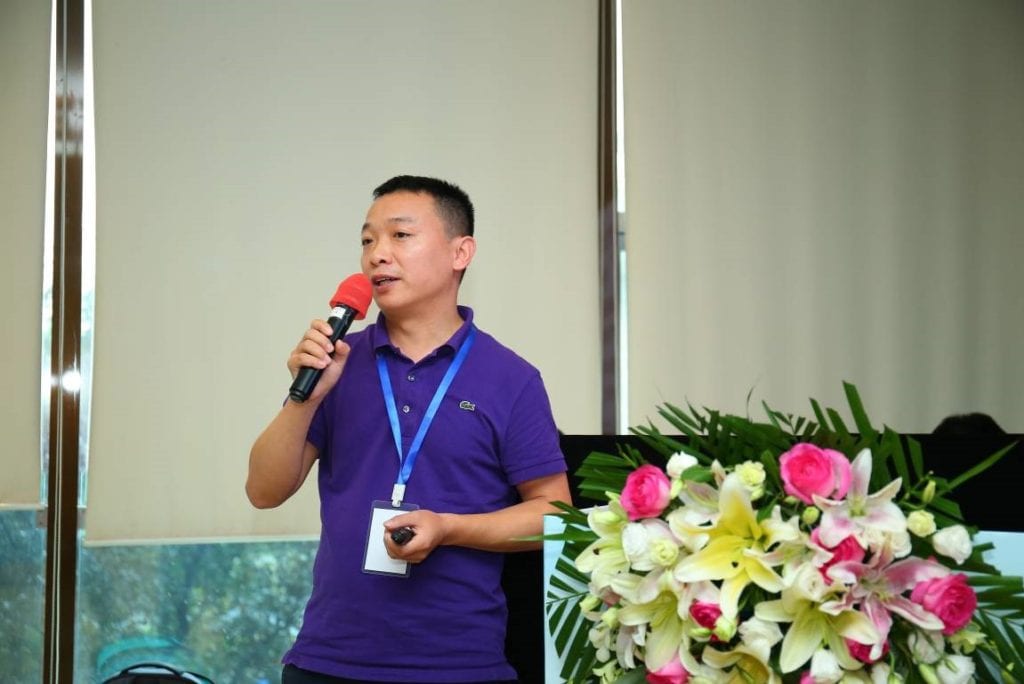
Finally, Professor Zhang Hongbo of East China University of Science and Technology introduced the use of 3D-Bioplotter technology to print three kinds of living skin cells layer by layer to construct artificial skin. At the same time she introduced the design and manufacture of microfluidic chips to construct a micro bioreactor. She also introduced, and evaluated the degradation effect of bio-scaffolds in the reactor.
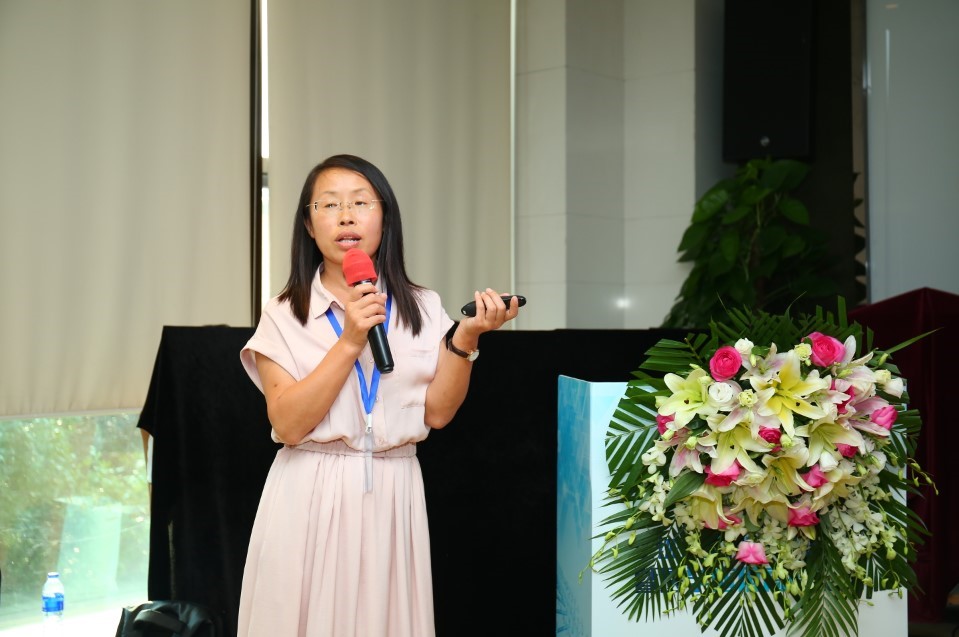
So with this the first 3D Bioprinting Academic Seminar and Medical Application Summit Forum came to a successful conclusion.
Thanks to everyone who took the time to attend and contribute to the discussions. We hope that working together we can continue the development of 3D bioprinting technology. We look forward to seeing you next year.
For more information on the EnvisionTEC 3D-Bioplotter range visit the dedicated page here.



